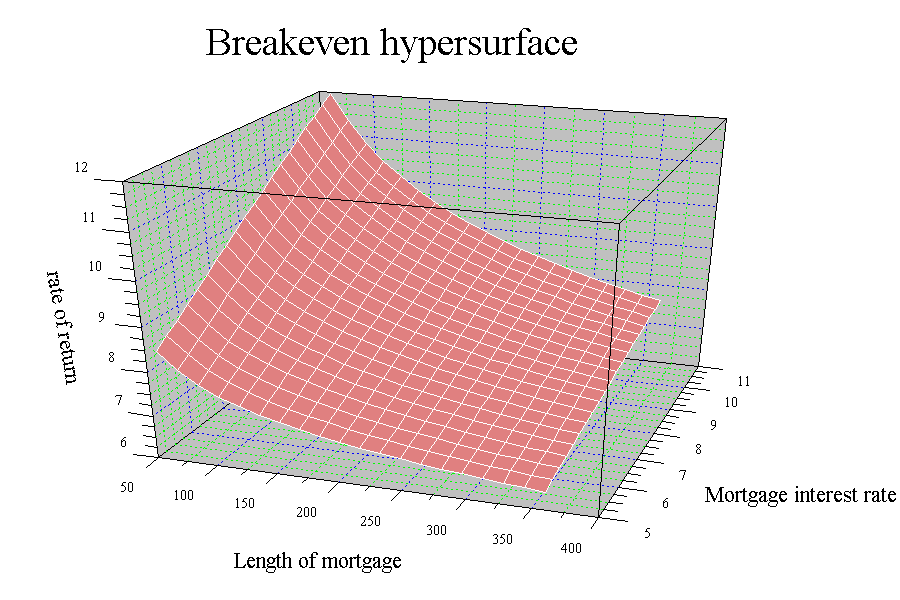
Poweful micro-economics tool, simple language, milti-dimensional analysis.

Poweful micro-economics tool, simple language, milti-dimensional analysis.
What is Cfa2?
Cfa2 is an experimental research code that performs fancier kinds of micro-economics problems. In particular, it can vary parameters over multi-dimensions. Over such multi-dimensional sets, various kinds of analysis can be performed. Present worth, rate of return, sensitivity, and breakeven calculations can be performed over these multi-dimensional sets. This capability makes Cfa2 an extremely powerful financial analysis tool. These capabilities are accomplished without custom programming using a simple language. This simple language allows problems to be easily set up and then analyzed.
Its strength is not only that it can perform multi-dimensional studies,
for this can be accomplished via custom programming. Its strength is that
these kinds of problems can be analyzed using a simple descriptive language.
Therefore such problems can be analyzed quickly, sometimes in a matter
of only a few minutes.
Overview
He we give some examples of micro-economics calculations using Cfa2. We hope the results themselves are useful although we are illustrating the capabilities of Cfa2.
It is our wish to present an ongoing series of calculations and examples
that are of general and practical interest to people.
And we should note that this is a general piece of software,
which is driven by a simple Basic-like language. In other words, problems
such as this can be analyzed very simply, with only a few lines of description
using the Cfa2 language. Custom programming, which is usually
required for these kinds of studies, is not required. Considering
that this calculation consists of a multi-dimensional breakeven calculation,
this is a very sophisticated ability, which is performed and accomplished
by the very simple language specification of Cfa2. Therein lies
the great power of Cfa2.
We have developed analytic and numerical capabilities for analyzing such problems.
We caution not to misinterpret these results.
This is only an example of some of our capabilities and we are not illustrating
conclusions. The results usually depend on the specific numbers and assumptions
in each particular case. We can provide data, graphics, and analysis to
aid in decision making.

Example micro-economics calculation
by FEREGO using Cfa2
(The graphics are generated by a tool which can be purchased separately. Cfa2 does the numerical calculations.)
This plot shows the breakeven rate of return for a home as a function of the length of the mortgage and the mortgage interest rate. This breakeven is as an absolute investment (compared to nothing) and is to break even to be equal to a 5% investment, that is, to obtain a 5% rate of return on the total series of cash flows associated with the home. That is, stated yet differently again, the z-axis is what the home would have to appreciate to be equal to a 5% investment. Many reasonable assumptions are made for the home buying situation. Tax paid on the sale of the home after the "length of mortgage" period is considered in fact, and real estate selling fees are considered. Property taxes, though, are not considered.
It is a very interesting study to investigate how the numbers above are sensitive to the various parameters in the problem, such as how the results depend on the real estate selling fees, or how they depend on the tax bracket. We shall have some results on this in the future.
This is a very simple example we caution, and the results depend on
the assumptions made. It is our opinion that these results would seem to
show real estate and even home buying to be an attractive investment, and
certainly in times of higher inflation.
HTML revision number: $Revision: 1.4 $